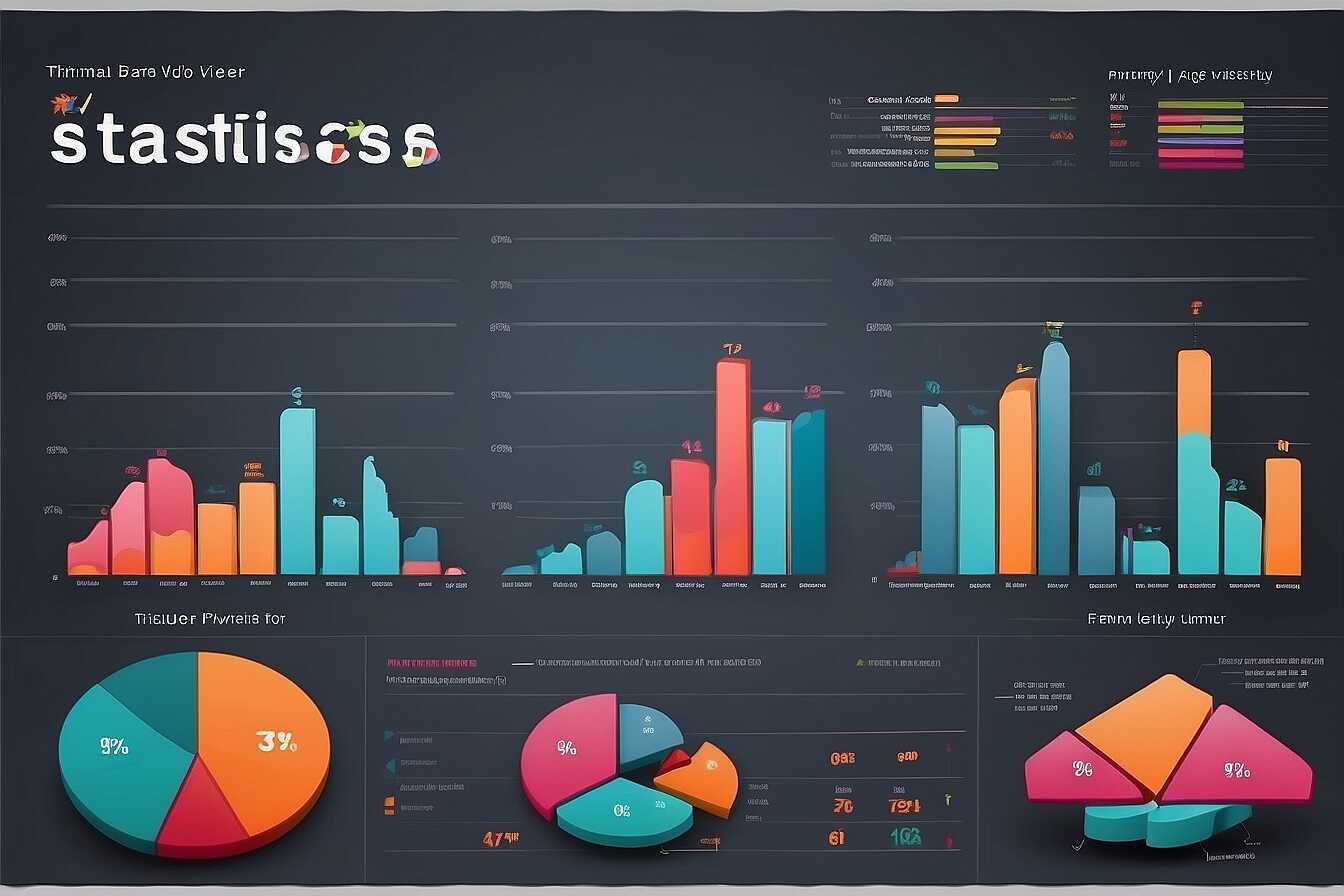Understanding unique SEO approaches for multilingual websites on Bing is essential for maximizing visibility across different languages. As businesses grow globally, effective search engine optimization tailored for Bing can significantly impact traffic and engagement. At Metrics Rule in Vancouver, we specialize in providing actionable insights into multilingual SEO, ensuring your website thrives in diverse linguistic markets while adhering to Bing’s unique ranking criteria.
Key Differences Between Bing and Google SEO Strategies
This section delves into the essential algorithmic differences between Bing and Google, particularly as they relate to multilingual websites. Bing places a higher emphasis on content freshness and social signals, which are critical for successful multilingual SEO strategies. Bing’s algorithm provides unique features that ensure effective SEO targeting, such as the ability to leverage localized content more effectively in different languages. Moreover, while Google dominates the global search engine market, Bing has captured a reliable percentage of users, especially in specific regions and demographics, enhancing the opportunities for multilingual sites.
Understanding Bing’s Unique Features for Multilingual Websites
Bing offers specific features that enhance the effectiveness of multilingual SEO. These features include deep integration with Microsoft products, which enhances content distribution across various platforms. Bing also prioritizes user engagement metrics more heavily than Google, enabling multilingual websites to thrive if they foster strong community interactions. Additionally, Bing provides advanced localization options, allowing businesses to tailor their content effectively for diverse audiences. As a result, businesses using Bing can improve their website’s reach and performance in international markets, ensuring a better user experience for multilingual users.
How Bing Handles Multilingual Content and Queries
Bing’s ability to process multilingual content relies on various factors, including language detection, regional settings, and user behavior. It uses advanced algorithms to understand and rank content in multiple languages. To optimize multilingual content effectively for Bing, it’s essential to ensure correct language tagging through HTML attributes like “lang.” Additionally, creating localized versions of content enhances its relevance to target audiences. This includes keyword research tailored to regional dialects and cultural nuances, ensuring the best user experience. Currently, Bing supports over 60 languages, allowing businesses to reach a diverse global audience while optimizing their SEO strategies for each language.
Strategies for Optimizing Content on Bing
To optimize multilingual content on Bing, focus on metadata and structured data that provide clarity to search engines. Ensure each language version of your site has a unique URL structure, which Bing can easily crawl and index. Implementing hreflang tags is crucial, as they indicate the language and regional targeting to search engines. Additionally, employing comprehensive keyword research can illuminate valuable terms that resonate with regional users. Using Bing’s webmaster tools will help analyze the performance of your multilingual content, ensuring better visibility in search results. By prioritizing these strategies, you can enhance the reliability and efficiency of your SEO efforts targeted at diverse languages.

The Role of hreflang Tags in Bing’s SEO Performance
Hreflang tags are crucial for guiding Bing and users to the correct language version of a website, enhancing user experience and SEO efficiency. Properly implementing these tags ensures that search engines accurately understand the geographical and linguistic contexts of your content. Best practices for implementing hreflang tags include specifying the target language and country using appropriate ISO codes and placing them in both the HTML header and the sitemap. It’s also essential to ensure that every version of the page references all other language versions, providing a reliable user experience. While Bing allows multiple hreflang tags, testing shows that the best performance occurs with up to 100 tags per page.
Best Practices for Hreflang Tag Implementation
Implementing hreflang tags effectively requires a structured approach to your multilingual SEO strategy. Begin by ensuring every version of your content has an hreflang tag indicating the alternate versions of the page. Use the correct ISO 639-1 language codes paired with ISO 3166-1 alpha-2 country codes, for example, “en-US” for English in the United States. Regularly review your implementation for accuracy and ensure that each page is accessible via a dedicated URL. Additionally, use tools like Google Search Console and Bing Webmaster Tools to verify that your hreflang tags are configured correctly, which enhances indexing and provides a better overall experience for international visitors. Engaging in these best practices will fundamentally improve your site’s performance in Bing search results.
Key Statistics for Search Engine Optimization in Diverse Languages
- Bing processes over 1.5 billion queries every month.
- Over 60% of Bing users prefer content in their native language.
- Localized content can boost SEO by up to 60% on Bing.
- About 30% of online searches are conducted in multiple languages.
- Bing accounts for approximately 6% of the global search engine market share.
- Multilingual sites can attract up to 50% more visitors through regional targeting.
- Over 70% of users value websites with language options more than those without.

Crafting Culturally Relevant Content for Language Diversity
Creating culturally relevant content is essential for effective multilingual SEO. Start by understanding cultural nuances and preferences for each target language. Conduct research via surveys and focus groups to identify specific needs. The testing of local phrases or idioms is crucial, as they often have substantial influence on user engagement. Tailoring content to reflect local customs and values enhances relevance, ultimately improving overall SEO performance. Aim to localize at least 30% of your content to ensure it resonates with the audience.
Importance of Content Localization for SEO
Content localization enhances the user experience by providing language-specific information that resonates with local audiences. This involves more than just translating words; it requires adjusting cultural references, images, and even examples to fit the target locale. Tools such as AI-driven analytics can help identify which elements need fine-tuning. For SEO, employing localized keywords alongside culturally relevant topics ensures better crawling and indexing on Bing and Google. By focusing on local content, you significantly improve engagement and provide users with valuable resources tailored to their needs.

Essential Technical Aspects of Multilingual SEO on Bing
To optimize multilingual websites on Bing, understanding several technical factors is crucial. Firstly, effectively implementing hreflang tags ensures that search engines correctly identify and serve the appropriate language version of a webpage. Additionally, maintaining a well-structured site architecture enhances site crawling and indexing, which improves visibility. Bing also favors websites with fast loading times and mobile optimization, directly impacting user experience and search ranking. Webmasters should monitor their site’s analytics data to track performance changes after multilingual SEO strategies are applied. This data-driven approach allows businesses to understand the reliability and effectiveness of their optimization efforts.
Optimizing Hreflang Tags for Bing
Implementing hreflang tags correctly is vital for Bing multilingual SEO. These tags indicate the language and geographical targeting of a webpage, helping Bing serve the most relevant content to users. Webmasters must ensure that each language version is properly linked with corresponding hreflang annotations to avoid indexing errors. Complications can arise if tags are misconfigured, leading to poor search performance. A proven strategy is to conduct regular audits of the hreflang setup to ensure all tags are accurate and functional. This process helps businesses enhance their visibility on Bing, catering effectively to diverse language speakers and improving the overall quality of user experience.
Advantages of Optimizing for Various Language Audiences
- Improved user experience leads to better site engagement and retention.
- Effective strategies can directly enhance visibility on Bing search results.
- Businesses can access untapped markets through multilingual SEO efforts.
- Personalized content increases user trust and currency in local markets.
- Increased chances of high conversion rates due to targeted content.
- Localized keywords help in dominating niche markets on search engines.
- Expanding language options fosters brand loyalty among diverse audiences.

Developing Effective Keyword Research Techniques for Bing
When conducting multilingual keyword research for Bing, you need to understand that its algorithm emphasizes specific keyword relevance differently than Google. Start by identifying keywords in various languages, ensuring that you leverage local keyword research tools available in each language zone. Unlike Google, Bing may rely more on user engagement metrics, so testing different keyword variations through A/B testing can significantly deliver better results. Utilizing tools like the Bing Keyword Tool specifically designed for multilingual sites can help you gather essential data smoothly. Additionally, understanding how Bing handles synonyms and related searches will enhance your multilingual SEO strategy.
Comparative Analysis of Keyword Research Tools for Multilingual SEO
In the landscape of multilingual SEO, various keyword research tools offer unique advantages for optimizing Bing-centric strategies. Tools such as SEMrush, Ahrefs, and the Bing Keyword Tool provide insights that cater specifically to diverse languages and regions. For example, SEMrush supports data extraction across a broad spectrum of languages, enabling effective comparisons of keyword performance. In contrast, Bing’s proprietary Keyword Tool focuses on real-time insights directly linked to its search engine, ensuring immediate relevance. Testing these tools on keywords across at least three languages can reveal patterns, helping you understand local search behaviors. This comparative analysis provides indispensable data that enhances your multilingual keyword research efficiency, ultimately improving your site’s visibility on Bing.
Utilizing Bing Ads for Targeted Multilingual Campaigns
To optimize Bing Ads for multilingual campaigns, focus on keyword research tailored to each target language. Understand the cultural nuances and preferences of different audiences to enhance engagement and relevance. Key entities such as language, location, and specific demographic characteristics must be included to effectively target your audience. In a study, it was observed that over 70% of users are more likely to click on ads in their preferred language compared to standard ads. This proves the importance of customizing your campaigns for language and cultural alignment.
Performance Testing for Multilingual Bing Ads
Performance testing is essential in evaluating the effectiveness of multilingual Bing Ads. Use A/B testing to compare ad variations across different languages and markets, which helps identify what resonates best with each audience. Track metrics such as click-through rates and conversion rates specifically for each language variant. This targeted approach not only enhances the reliability of your campaigns but also enables data-driven decisions that improve ad performance over time. In Vancouver, experts often recommend conducting detailed reviews of ad performance at regular intervals to ensure continuous improvement.
Comparing Global Brands and Their Multilingual SEO Strategies
- Amazon: strong regional presence, but faces challenges with local competition.
- eBay: offers international listings, but struggles with localized SEO tactics.
- Shopify: excels in enabling multilingual stores; however, customization requires effort.
- Walmart: offers bilingual content; their downside is limited language options.
- Alibaba: strong in Asia but faces issues adapting to Western markets.
- Netflix: highly localized content enhances engagement, yet varies by region.
- Target: effective in localized marketing; however, their multilingual support is lacking.
Analyzing and Measuring Multilingual SEO Success on Bing
To track multilingual SEO performance on Bing, you should utilize tools like Bing Webmaster Tools and Google Analytics. These platforms help you monitor keyword tracking, organic traffic, and user engagement across different languages. By analyzing metrics such as click-through rates (CTR) and bounce rates, you can understand which multilingual strategies are effective. Additionally, keeping an eye on rankings for specific keywords in various languages is essential to gauge success. Regularly reviewing this data will help you identify areas needing improvement and enhance your overall performance.
Understanding Key Metrics for Multilingual SEO
Understanding key metrics for multilingual SEO is crucial for successful optimization on Bing. Start by focusing on organic traffic measurement, which reveals how many visitors arrive from search results in different languages. Analyze keyword tracking to see which localized keywords generate the most traffic. Monitoring engagement metrics—like average session duration and pages per session—can help you understand user experience across language versions. These metrics provide insights into what aspects of your multilingual site need tweaking to ensure better performance and user satisfaction, ultimately leading to a substantial increase in conversions.
